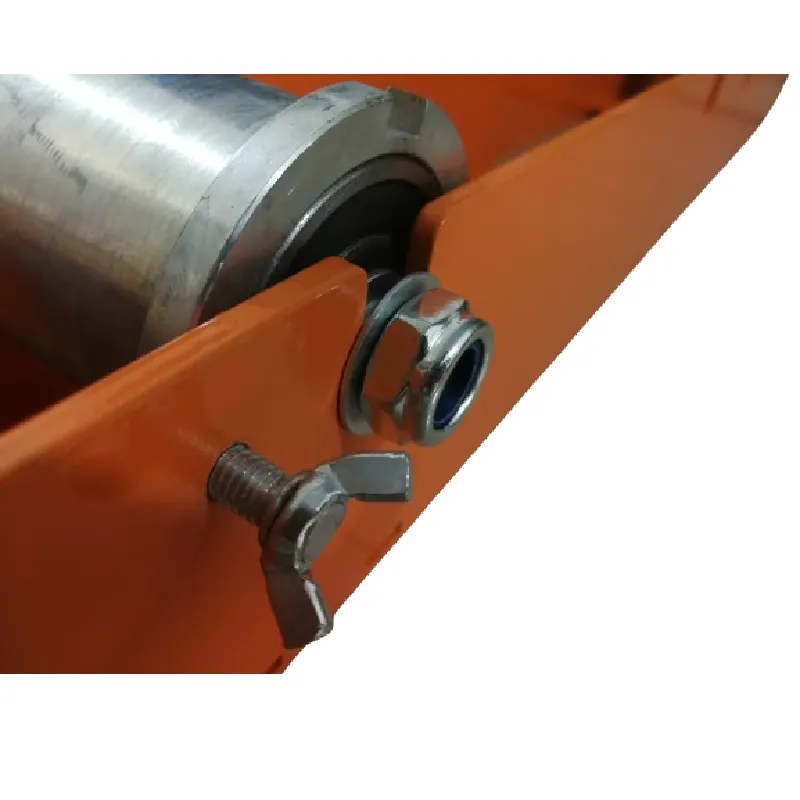
-
 Afrikaans
Afrikaans -
 Albanian
Albanian -
 Amharic
Amharic -
 Arabic
Arabic -
 Armenian
Armenian -
 Azerbaijani
Azerbaijani -
 Basque
Basque -
 Belarusian
Belarusian -
 Bengali
Bengali -
 Bosnian
Bosnian -
 Bulgarian
Bulgarian -
 Catalan
Catalan -
 Cebuano
Cebuano -
 Corsican
Corsican -
 Croatian
Croatian -
 Czech
Czech -
 Danish
Danish -
 Dutch
Dutch -
 English
English -
 Esperanto
Esperanto -
 Estonian
Estonian -
 Finnish
Finnish -
 French
French -
 Frisian
Frisian -
 Galician
Galician -
 Georgian
Georgian -
 German
German -
 Greek
Greek -
 Gujarati
Gujarati -
 Haitian Creole
Haitian Creole -
 hausa
hausa -
 hawaiian
hawaiian -
 Hebrew
Hebrew -
 Hindi
Hindi -
 Miao
Miao -
 Hungarian
Hungarian -
 Icelandic
Icelandic -
 igbo
igbo -
 Indonesian
Indonesian -
 irish
irish -
 Italian
Italian -
 Japanese
Japanese -
 Javanese
Javanese -
 Kannada
Kannada -
 kazakh
kazakh -
 Khmer
Khmer -
 Rwandese
Rwandese -
 Korean
Korean -
 Kurdish
Kurdish -
 Kyrgyz
Kyrgyz -
 Lao
Lao -
 Latin
Latin -
 Latvian
Latvian -
 Lithuanian
Lithuanian -
 Luxembourgish
Luxembourgish -
 Macedonian
Macedonian -
 Malgashi
Malgashi -
 Malay
Malay -
 Malayalam
Malayalam -
 Maltese
Maltese -
 Maori
Maori -
 Marathi
Marathi -
 Mongolian
Mongolian -
 Myanmar
Myanmar -
 Nepali
Nepali -
 Norwegian
Norwegian -
 Norwegian
Norwegian -
 Occitan
Occitan -
 Pashto
Pashto -
 Persian
Persian -
 Polish
Polish -
 Portuguese
Portuguese -
 Punjabi
Punjabi -
 Romanian
Romanian -
 Russian
Russian -
 Samoan
Samoan -
 Scottish Gaelic
Scottish Gaelic -
 Serbian
Serbian -
 Sesotho
Sesotho -
 Shona
Shona -
 Sindhi
Sindhi -
 Sinhala
Sinhala -
 Slovak
Slovak -
 Slovenian
Slovenian -
 Somali
Somali -
 Spanish
Spanish -
 Sundanese
Sundanese -
 Swahili
Swahili -
 Swedish
Swedish -
 Tagalog
Tagalog -
 Tajik
Tajik -
 Tamil
Tamil -
 Tatar
Tatar -
 Telugu
Telugu -
 Thai
Thai -
 Turkish
Turkish -
 Turkmen
Turkmen -
 Ukrainian
Ukrainian -
 Urdu
Urdu -
 Uighur
Uighur -
 Uzbek
Uzbek -
 Vietnamese
Vietnamese -
 Welsh
Welsh -
 Bantu
Bantu -
 Yiddish
Yiddish -
 Yoruba
Yoruba -
 Zulu
Zulu


Dec . 01, 2024 13:49 Back to list
utility hot stick
Understanding the Utility Hot Stick Essential Tool for Electrical Safety and Maintenance
The utility hot stick, commonly known simply as a hot stick, is a vital tool in the arsenal of electrical utility workers. Designed to handle live electrical wires safely, these extendable poles have revolutionized the way linemen and other electrical professionals conduct maintenance and emergency repairs on high voltage lines. With the ever-increasing demands for reliable electrical supply in our modern world, understanding the utility hot stick’s functionalities, applications, and benefits becomes essential.
A utility hot stick is primarily constructed from lightweight but durable materials such as fiberglass or composite polymers
. This design ensures that the tool can withstand the high voltages encountered in electrical lines, which often exceed thousands of volts. The stick is typically several feet long and can be extended to reach wire connections without the user needing to come into direct contact with hazardous electrical components. This feature significantly mitigates the risk of electrical shock, enabling workers to perform their duties safely.The design of the hot stick includes various accessories that enhance its utility. For instance, they are often equipped with a range of end fittings, such as hooks or clamps, that allow the operator to interact with wires and electrical components efficiently. Some hot sticks also incorporate built-in voltage detectors, which provide an added layer of safety by allowing workers to verify whether lines are energized before they begin any work.
utility hot stick

One of the primary applications of the utility hot stick is in the maintenance of overhead power lines. Utility workers can use these tools to connect, disconnect, and repair electrical components without having to climb utility poles or operate aerial lifts. This capability not only saves time but also greatly reduces the risks associated with working at heights. In emergency situations, such as storm damage or equipment failures, hot sticks are invaluable for quickly restoring power while ensuring the safety of the crew.
Training is paramount when it comes to using a hot stick. Lineworkers undergo rigorous safety training to understand the tool’s applications, limitations, and safety procedures. Proper training ensures that they can handle the hot stick effectively while minimizing potential hazards associated with high voltage work. Furthermore, workers must regularly inspect hot sticks for signs of wear and tear, as any damage could compromise their effectiveness and safety.
The importance of the hot stick extends beyond day-to-day operations; it plays a critical role in emergency response scenarios. In the event of downed power lines, utility crews can employ hot sticks to navigate the dangerous environment safely. The ability to work at a distance provides both a safety buffer and a tool for making quick repairs. This capability can be the difference between a prolonged power outage and a swift restoration of service to affected communities.
In conclusion, the utility hot stick is an essential tool that underscores the commitment to safety and efficiency in the electrical utility industry. Its design and functionality enable workers to handle live electrical sources securely, paving the way for safe practices in maintenance and emergency responses. As our electrical infrastructure continues to demand attention from skilled professionals, the utility hot stick will remain a critical apparatus, ensuring that electricity flows safely and reliably to our homes and businesses. Understanding its importance not only highlights its role in technical operations but also emphasizes the broader commitment to safety in the high-stakes world of electrical utilities.
Latest news
What Are Construction Tools and How Are They Used?
NewsJul.11,2025
Professional-Grade Duct Rodding Tools for Superior Cable Installation
NewsJul.11,2025
Enhancing Safety and Efficiency with Modern Hot Stick Solutions
NewsJul.11,2025
Empowering Cable Installation with Advanced Rodder Solutions
NewsJul.11,2025
Elevate Your Cable Installation Projects with Cable Pulling Tools
NewsJul.11,2025
Efficient Cable Handling Solutions: Cable Rollers for Sale
NewsJul.11,2025











